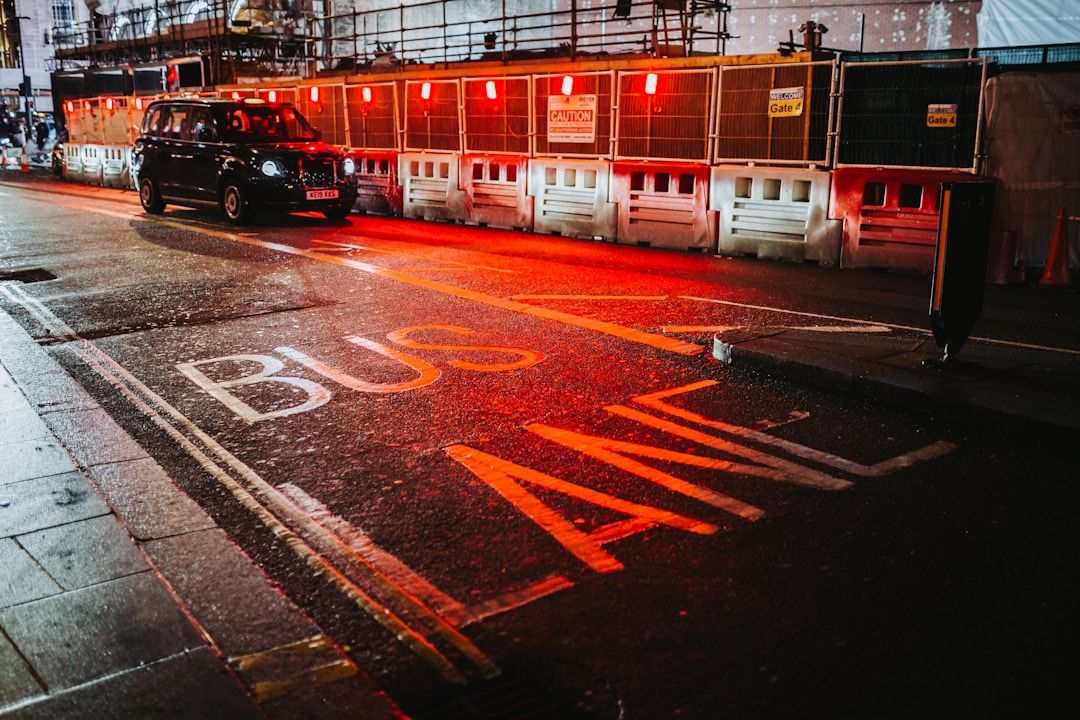When the sun sets, a different world wakes up.
It’s quieter, cooler, sometimes more mysterious, with endless possibilities for fun, but increasingly it’s becoming a destination in its own right. This concept of travel after dark has a name: Noctourism (from “nocturnal” and “tourism”), and it’s poised to reshape how cities approach tourism, culture, and the nighttime economy. If you are a capital or principal city, particularly one with an airport, you need to incorporate this trend into your nighttime strategy.

What is Noctourism?
What’s Driving It?
Cities Leading the Way
Case Example: My Workshop with Fáilte Ireland
Write your awesome label here.
Final thoughts
When a city embraces noctourism well, residents experience:
- More vibrant nights: cafés, culture, and markets stay open later for everyone.
- Safer nights: better lighting, more movement, public realm designed for living after dark.
- Local economy boost: jobs in hospitality, culture, and events; local producers involved; less flight to big-city nightlife.
- Quality of place: urban spaces that work day & night, local pride in the city’s after-dark identity.
Noctourism isn’t just a travel trend; it’s a strategic opportunity for cities, tourism businesses, and residents. When crafted with intention, it transforms a place into something more after dark.
For cities willing to step up: combine culture, food, lighting, infrastructure, and inclusive planning, and you’ll unlock nights that are safe, memorable, and economically strong.
If your city or tourism board is ready to build its noctourism strategy, my team and I would be delighted to help with workshops, business engagement, and resident consultation.
